When we look up at the stars in the night sky, we are looking back in time. The light entering our eyes from these distant objects set off years, decades or millennia earlier.
Every time we look at something ‘up there’ we’re seeing it as it was in the past.
With enormous modern telescopes and sensitive detectors, professional astronomers can see far beyond what most back garden telescopes are capable of.
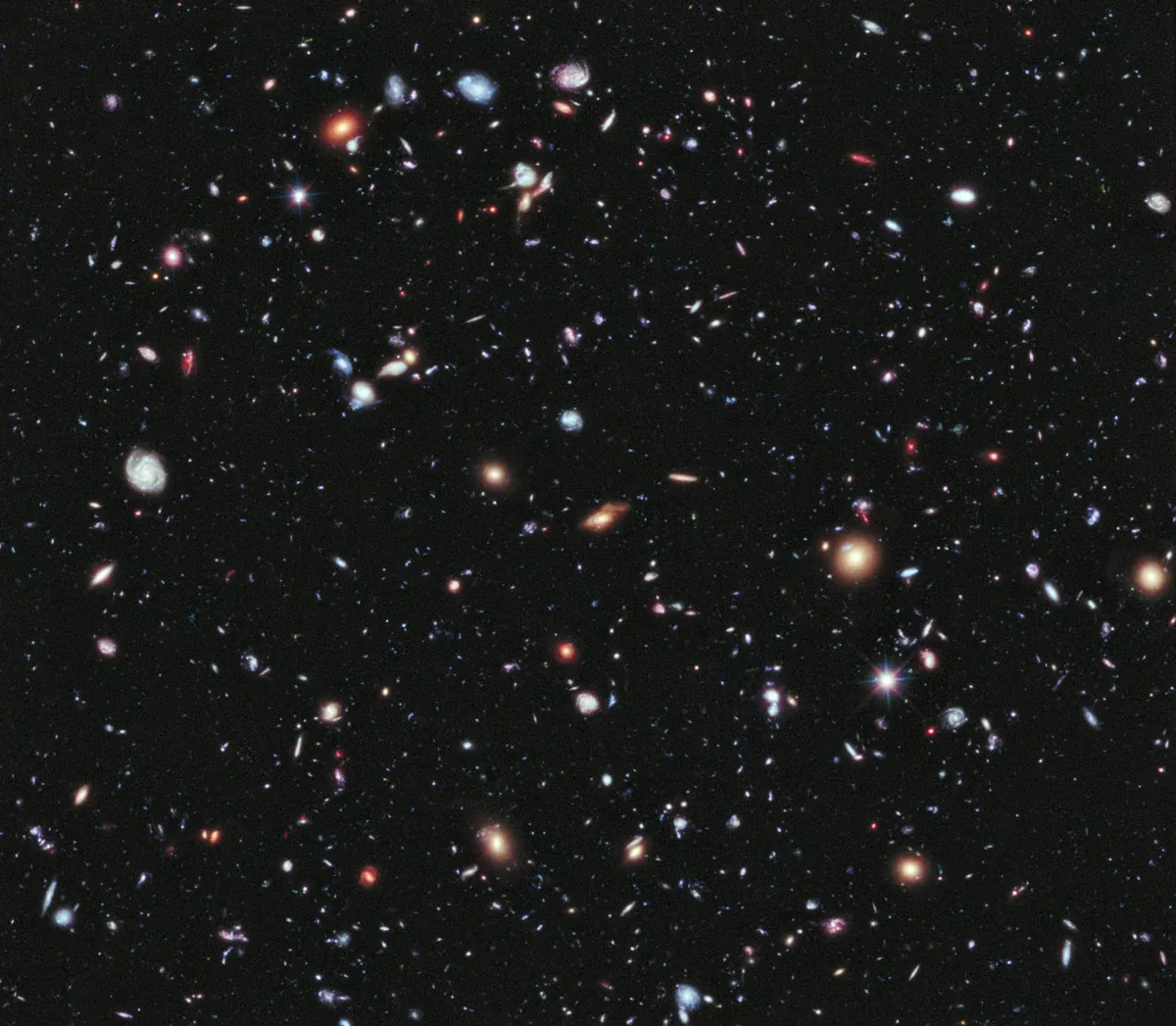
The most distant object in the Solar System
As far as our own Solar System is concerned, one of the farthest objects observed so far is a 500km-wide asteroid, 2018VG18.
Also known as Farout, it is over 120 times further from the Sun than Earth, or three times further away than dwarf planet Pluto.
If you were standing on Farout’s dark, pink icy surface, Earth would be a mag. +6.8 ‘star’ hugging close to the Sun and Jupiter would shine at barely mag. +5.0.
If a space probe ever reaches Farout it will take 17 hours for its radio signals and images to reach Earth.
The most distant object ever seen
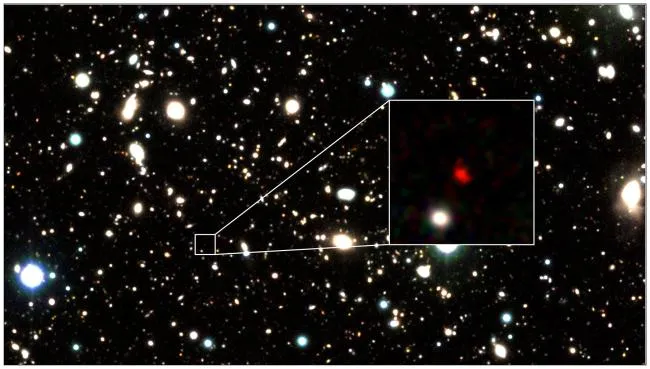
The most distant object ever seen by humans is galaxy HD1, which lies about 13.3 billion lightyears away, meaning we are observing it as it existed in the very early Universe.
HD1 probably formed shortly after the Big Bang, at a time when many chemical elements were yet to form.
And the James Webb Space Telescope is looking further back in time and observing events that happened long ago in galaxies far, far away...
Science fiction has got it wrong; you don’t need a TARDIS or a DeLorean to travel back in time: your own eyes will do just fine.
To demonstrate, here we take a temporal tour of celestial objects that can be seen from a back garden.
Objects in the night sky and how far back in time we see them
The Moon
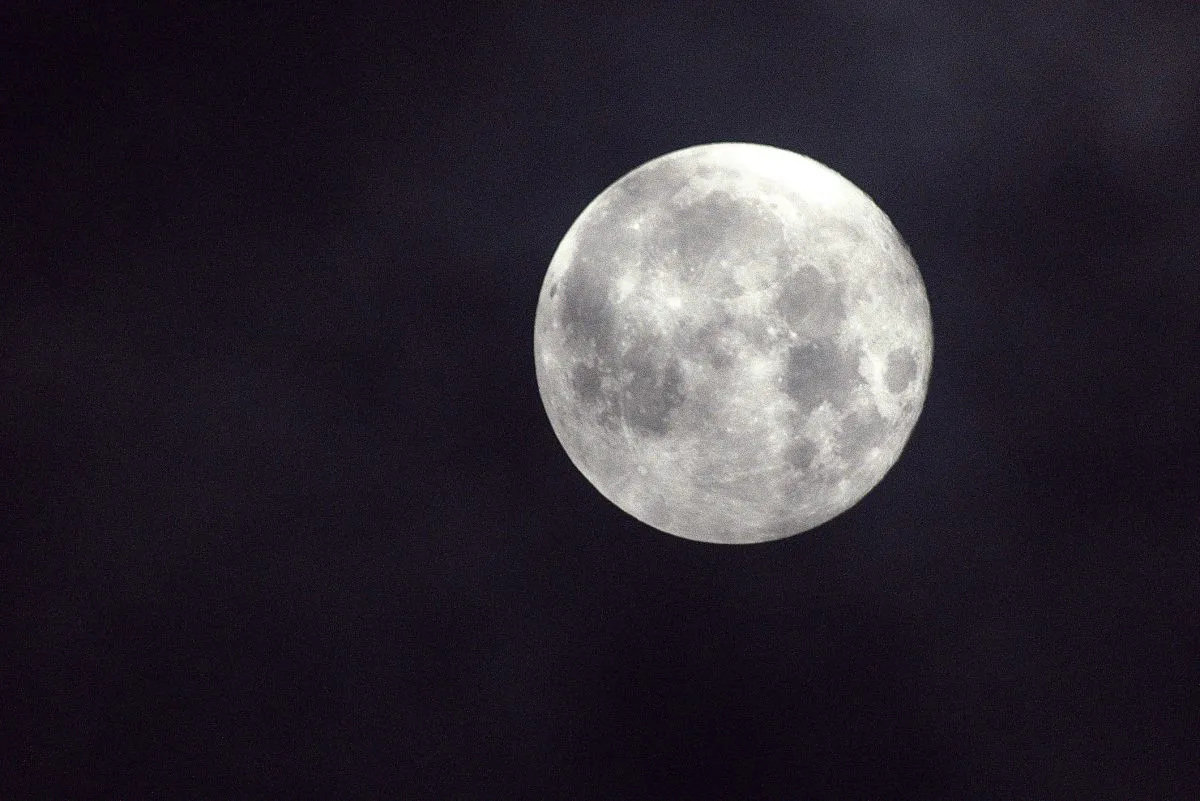
Distance: 1.3 lightseconds
If you don’t count the International Space Station or the shining swarms of satellites orbiting Earth, the Moon is our closest celestial neighbour.
A beautiful sight in the night sky, it is often seen shining close to bright planets in an event known as a conjunction.
It's also a beautiful object to image. For more on this, read our guide on how to photograph the Moon or our beginner's guide to astrophotography.
Although only 384,400km away it still took Apollo crews around three days to reach the Moon.
Light from the Moon travels at 300,000 km/s and can reach Earth in just under 1.3 seconds.
So when you look at the Moon you’re seeing it as it was a blink of an eye ago…
Jupiter
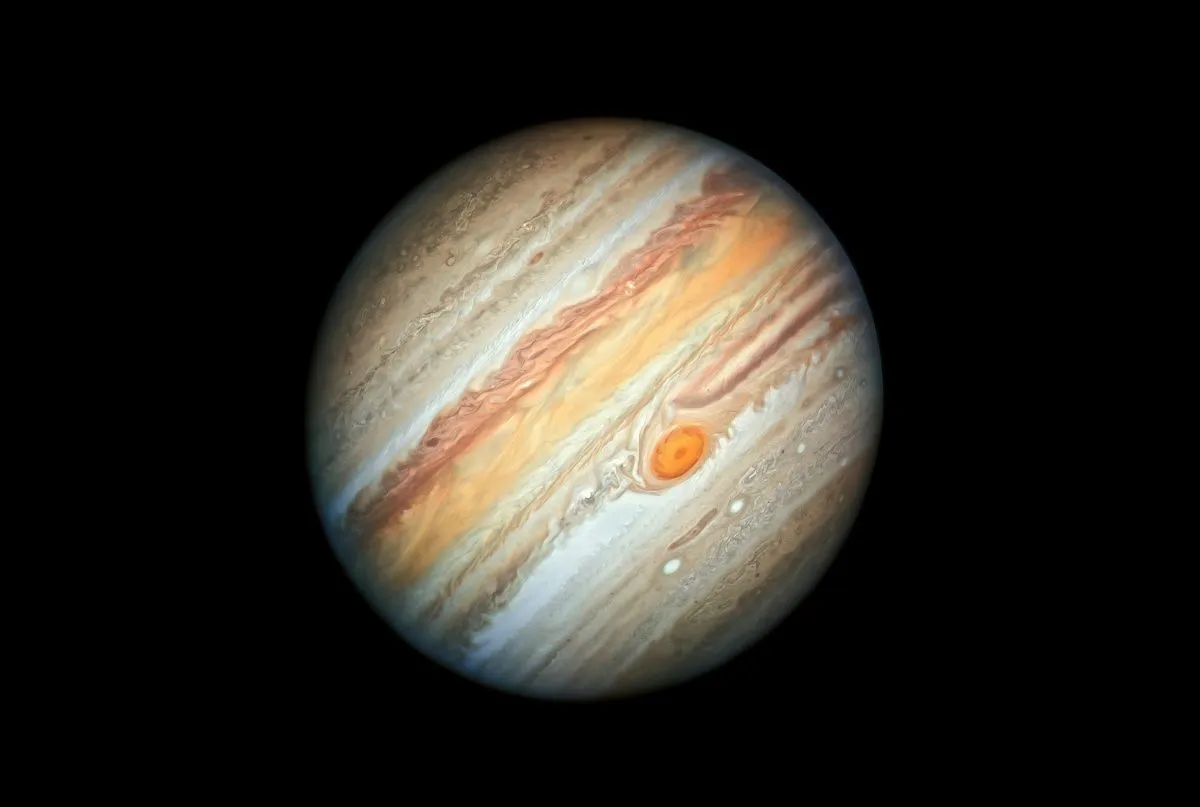
Distance: 48 lightminutes
Heading outward into the Solar System, past Mars and across the asteroid belt, we eventually come to the most massive planet in the Solar System, Jupiter.
The gas giant can be between about 600 million km and 970 million km from Earth, depending on what point its is currently at in its orbit.
When you look at Jupiter you are seeing it as it was about 48 minutes ago.
That’s not inconvenient for us stargazers, but engineers controlling the NASA Juno space probe, currently orbiting Jupiter and sending back stunning photographs of its swirling cloud bands, do have to take the time delay into account.
It means having to plan imaging sequences very carefully and with great accuracy, well in advance.
Vega
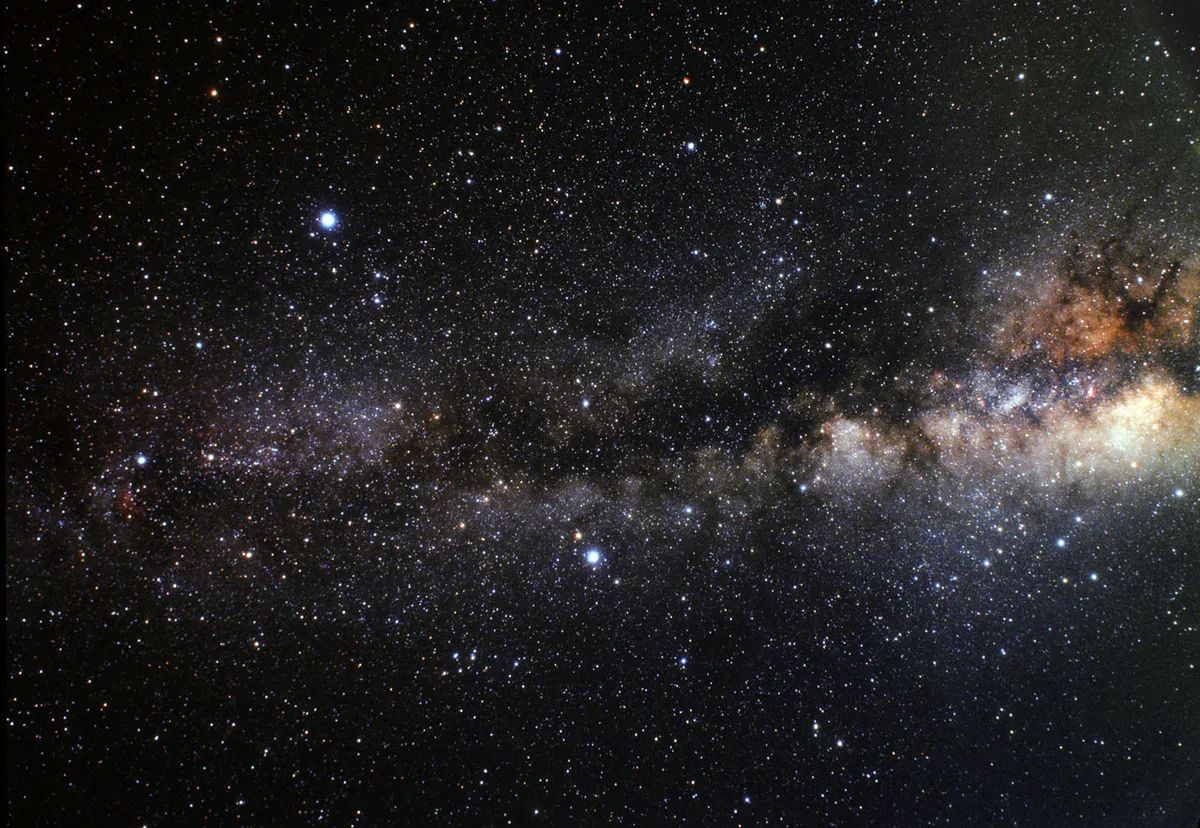
Distance: 25 lightyears
The brightest star in the famous Summer Triangle (one of our favourite summer constellations), Vega is the fifth-brightest star in the sky.
It’s a luminous, rapidly rotating blue-white star and is surrounded by a disc of material thought to be forming planets.
Thanks to the wobble, or libration, of Earth as it orbits the Sun, Vega was the Pole Star around 12,000 BC and will be again in 12,000 years’ time.
As you look at 25 lightyear-distant Vega you will be seeing light that set off 25 years ago.
Think back to what you were doing 25 years ago, and how different the world was back then. Light you see from Vega tonight, although travelling at light speed, had only just set off in the direction of Earth.
Hyades Star Cluster
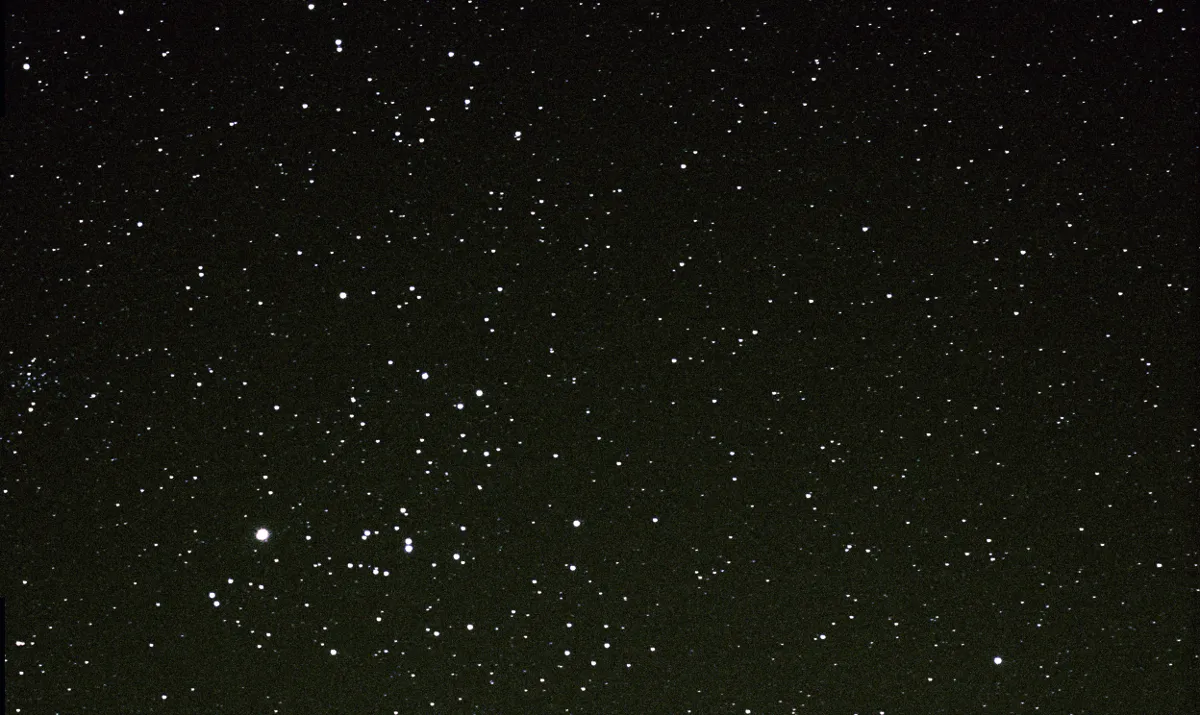
Distance: 153 lightyears
Two star clusters, the Pleiades and the Hyades, both lie in the constellation of Taurus.
The V-shaped Hyades cluster, which represents the wickedly sharp horns of the Bull, is the nearest open star cluster to us.
It's a collection of several hundred stars, although the brightest, orange-red Aldebaran, is closer than the others and just a line-of-sight effect.
When looking at the Hyades you are seeing light that set off roughly 153 years ago, when Queen Victoria was on the throne.
Pleiades star cluster
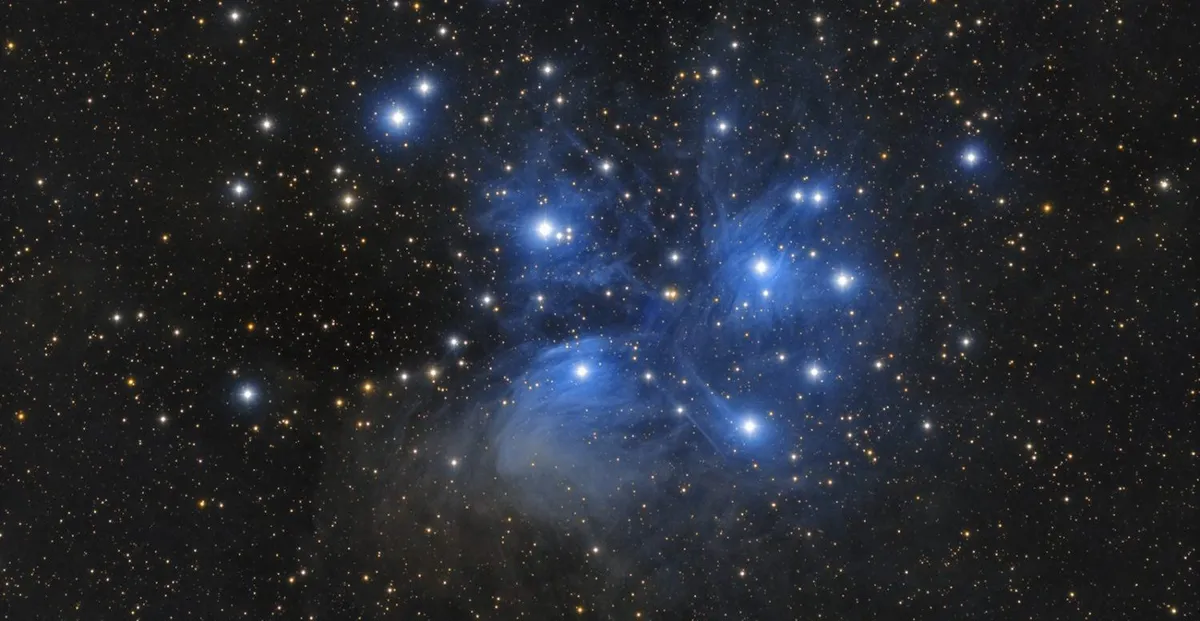
Distance: 440 lightyears
More than twice as far away as neighbouring Hyades, the Pleiades has to be the most famous star cluster in the whole sky.
A tight group of more than a thousand stars, M45, or the Seven Sisters, is a stunning sight in binoculars and telescopes alike and is the closest Messier object to Earth.
At 440 lightyears away, the sparkling Pleiadean starlight we see on frosty autumn and winter evenings set off on its journey across space 440 years ago, when Elizabeth I was on the English throne.
Deneb
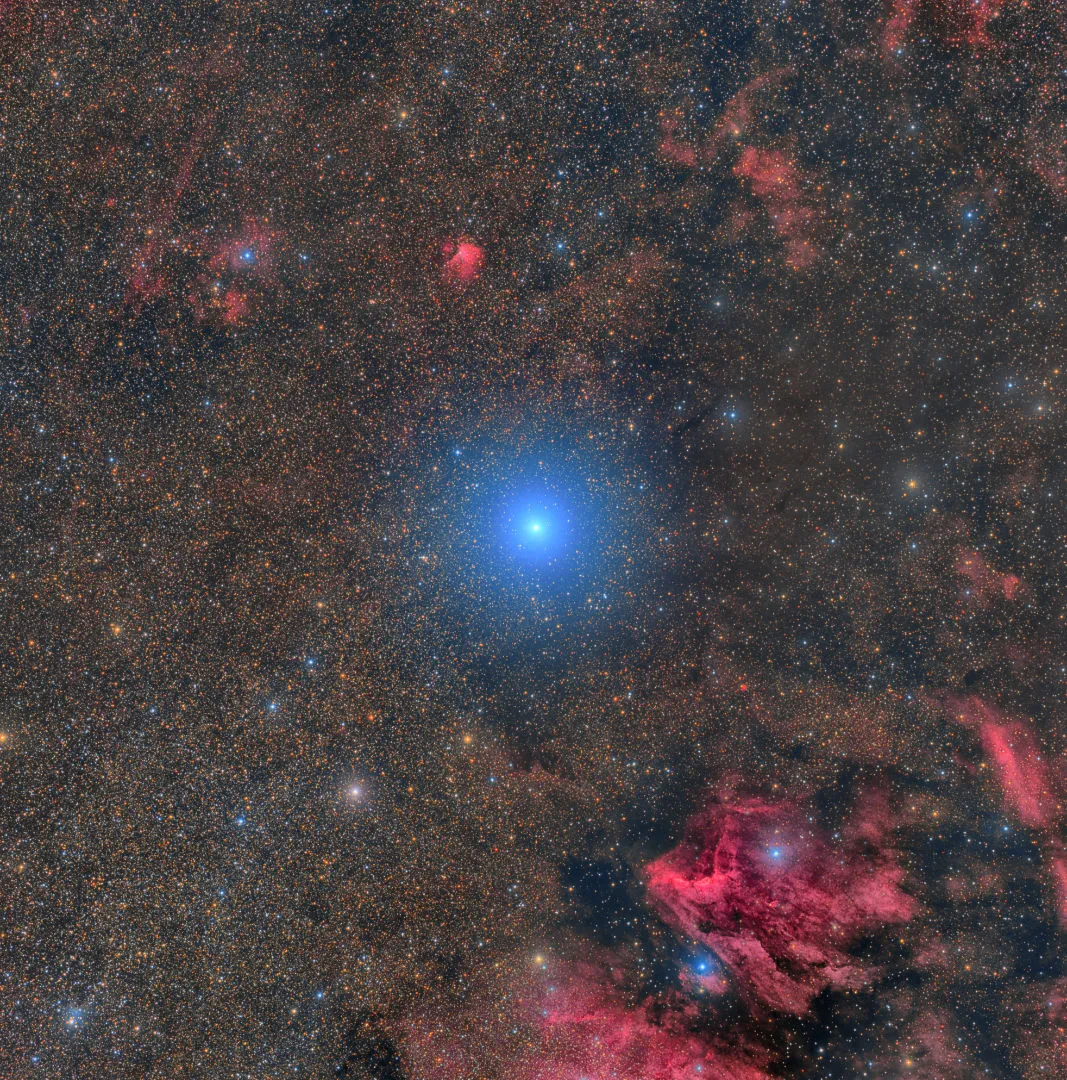
Distance: 1,400 lightyears
Shining at the head of the Northern Cross, mag. +1.25 Deneb is the 19th brightest star in the sky (read our guide to stellar magnitude) and is 1,400 lightyears away, based on recent measurements.
Not just popular with astronomers, it also features in many sci-fi stories; it has been visited several times in Star Trek, and is famous as being the home star system of the Silver Surfer.
A bloated supergiant star between 55,000 and 196,000 times more luminous than our own Sun, the icy blue-white light of Deneb off on its journey to us some 1,400 years ago, around the year 620 AD.
This was a time of conflict in Dark-Age Britain, with the Angles, led by King Edwin of Northumbria, fighting with tribes across the north of England.
Elsewhere, the Tang dynasty was rising in China and the Mayan empire was starting to lose its stronghold in what is Mexico today.
The Double Cluster

Distance: 7,500 lightyears
Look roughly halfway between the upside down ‘Y’ of Perseus and the distinctive ‘W’ of Cassiopeia and you’ll see a misty patch.
It's quite obvious to the naked eye and which binoculars resolve into a pair of pretty star clusters shining close together.
Unsurprisingly, this is known as ‘the Double Cluster’ and the two objects, NGC 869 and NGC 884, are both around 7,500 lightyears away.
The light from their stars set off just at the tail end of Europe’s Mesolithic period, when the Ice Age was ending and when melting glaciers resulted in rising sea levels, cutting Britain off from continental Europe.
Meanwhile, humans were just beginning to learn how to farm and domesticate animals.
Hercules Cluster
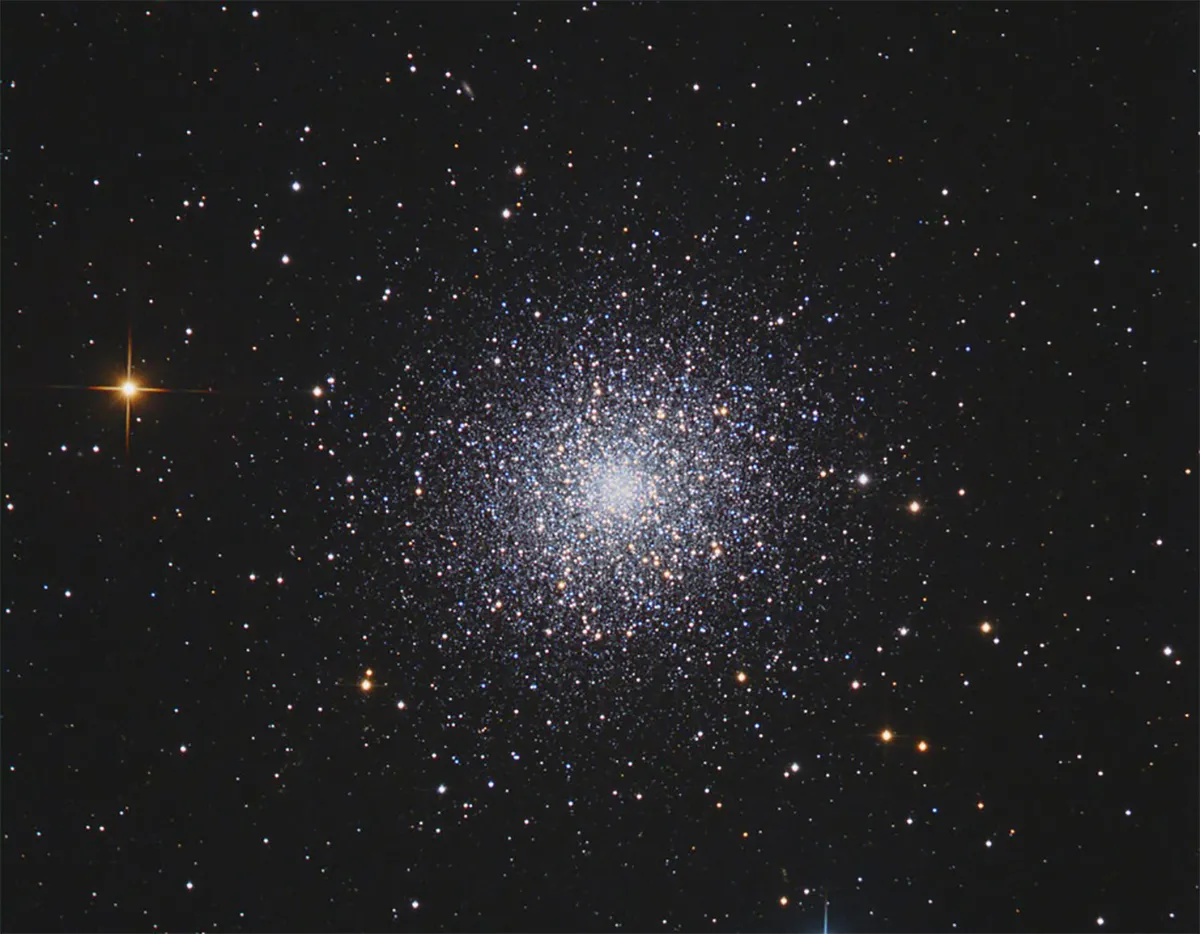
Distance: 23,000 lightyears
Scan the sky down to the lower right of Vega and you’ll see a small asterism – the ‘Keystone’ of Hercules – a bit like a rectangle squashed in at the bottom.
On its right side, not far from the top corner star, is a tiny, faint smudge of light.
This is M13, the Hercules Cluster, a globular star cluster containing many hundreds of thousands of stars, which looks like a small comet in binoculars and a mottled, smoky ball in telescopes.
Large aperture instruments can resolve individual stars on the cluster’s edge, and beautiful trails and tendrils of stars within it.
A staggering 23,000 lightyears away, the faint light now reaching us from the Hercules star cluster set off during the last Ice Age.
Andromeda Galaxy
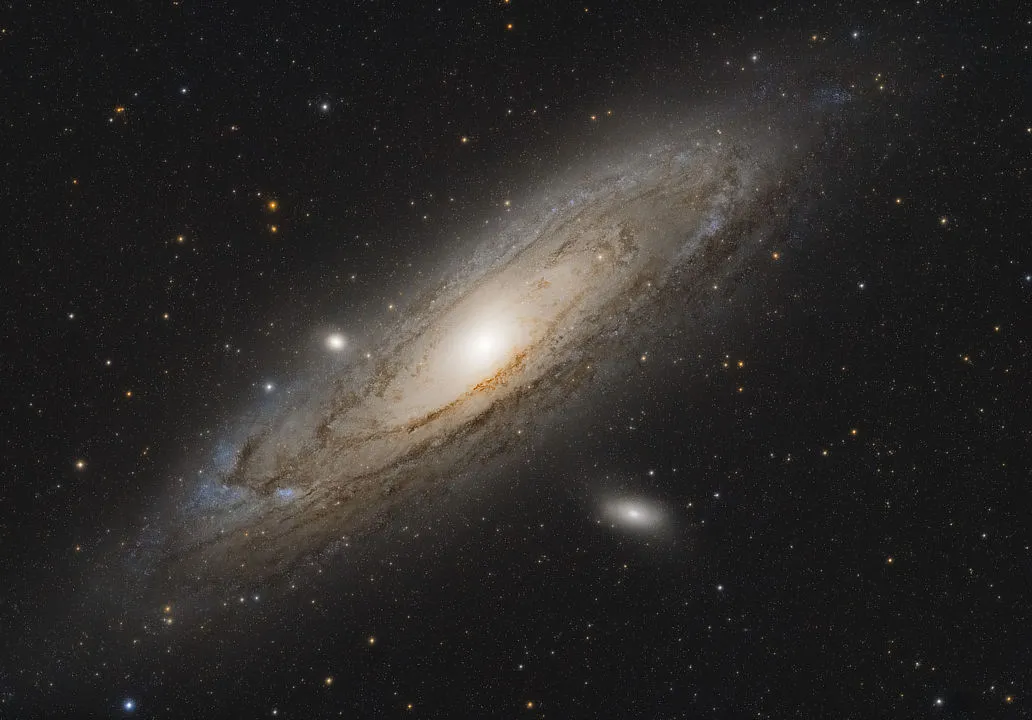
Distance: 2.5 million lightyears
Visible to the eye on a dark, Moon-free night as an extended smudge between Cassiopeia and the Great Square of Pegasus, M31, the Andromeda Galaxy, is a vast spiral galaxy, perhaps twice the size of our own Milky Way, and more than 2.5 million lightyears from it.
When we look at the Andromeda Galaxy we are not just staring across a gulf of space, but far back in time too, to when our Homo habilis ancestors were using sophisticated stone tools in East Africa, and the UK was buried under sheets of ice.
This article originally appeared in the December 2020 issue of BBC Sky at Night Magazine.
